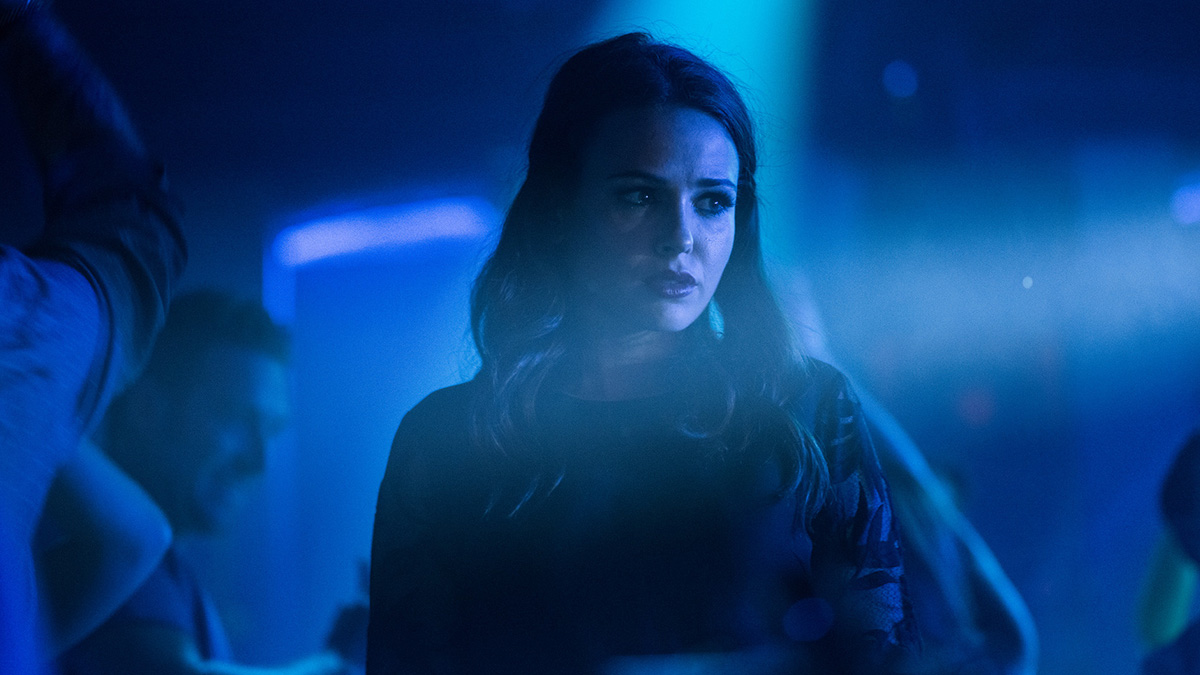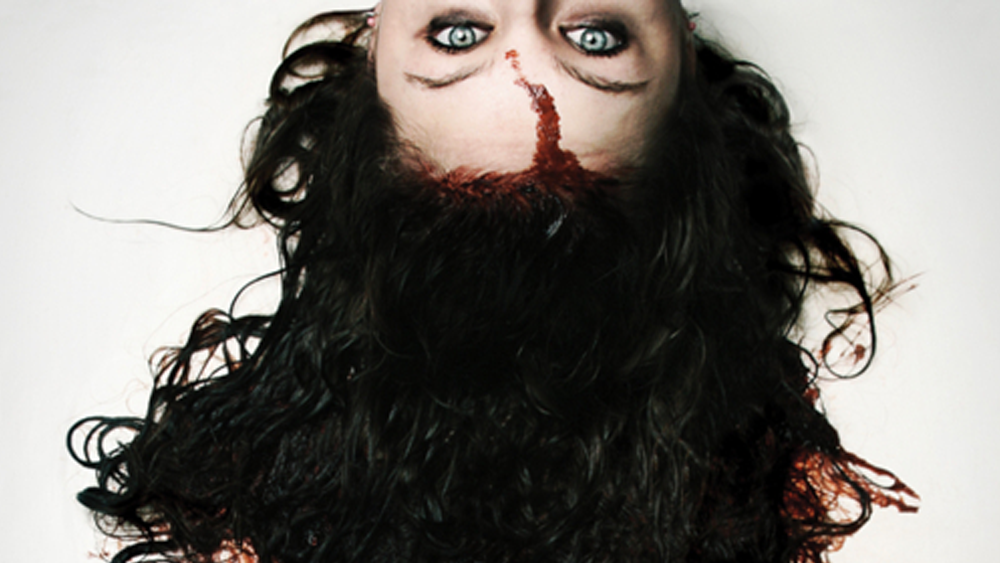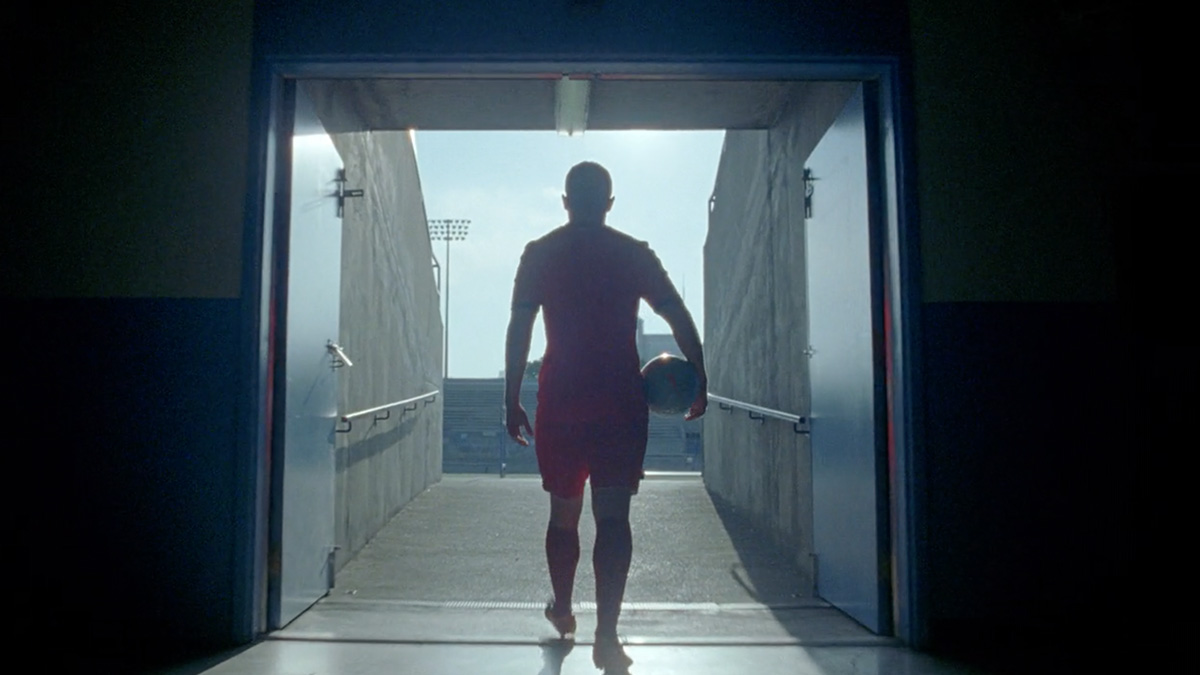Set in the deserts of 1935, a pilot finds himself in a place that is ready to destroy all ambitious men.
Oasis is a film that breaks barriers through ambitious imagination. Andrew De Zen, a filmmaker whom has brought us the likes of ‘Stories We Tell Ourselves‘ and ‘The Wall‘, crafts a diverse-medium story, shifting between live-action and animation. We were able to ask Andrew a few questions on the production and how he took the film from the sky to the desert.
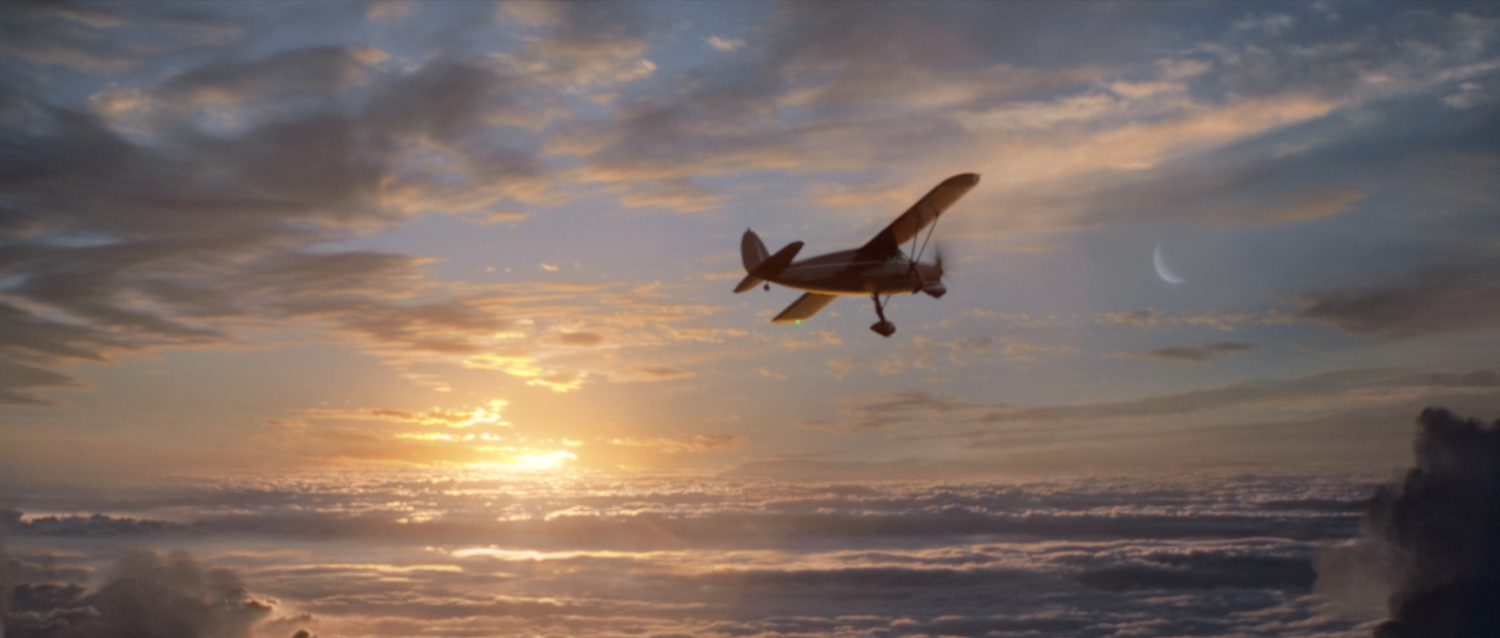
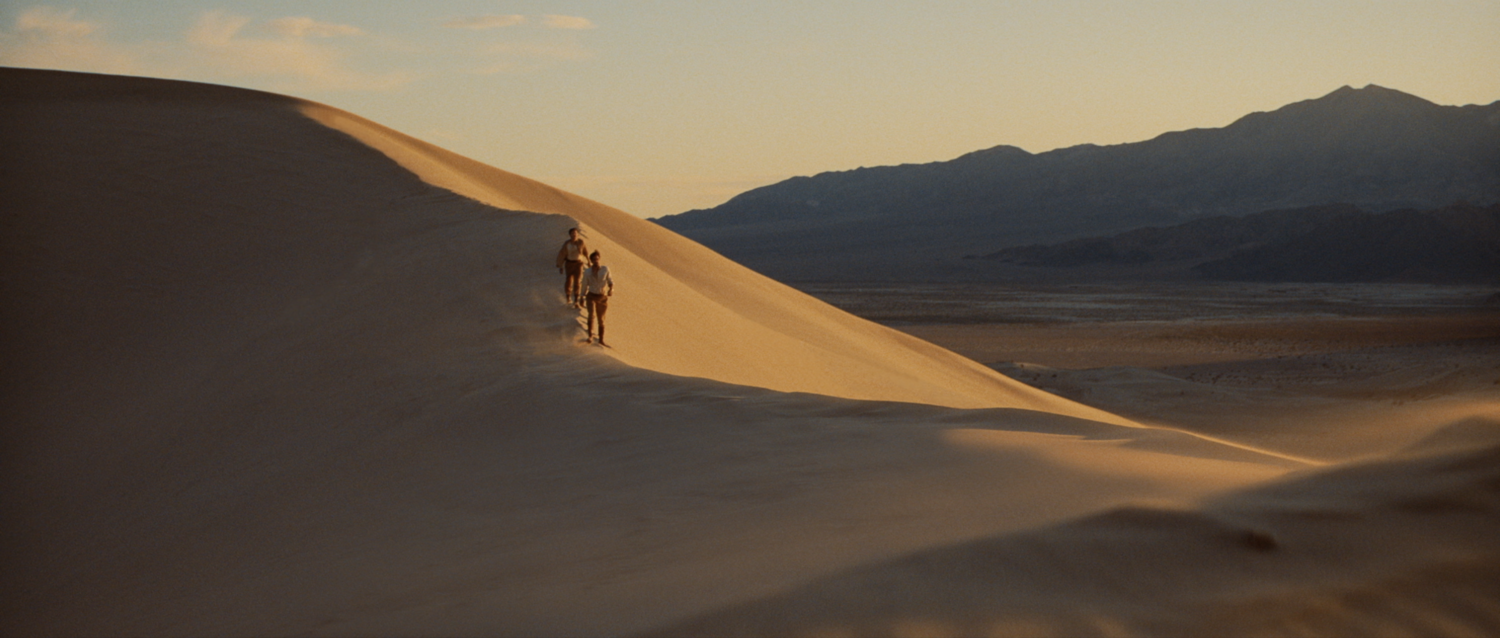
Can you tell us where the intentions and inspirations for ‘Oasis’ came from?
The inspiration for Oasis came like a crashing wave when I was reading Antoine de Saint-Exupéry’s book “Wind, Sand, and Stars”. The short film is based on his experiences and what he writes about when he crashed in the Libyan desert. His writing, the details he specifically brings to light, the strangeness of the way they hit the earth, all of it – as soon as I finished that chapter of the book I immediately sticky-noted it and burnt it into my brain – I had to make some form of this. When you get hit by something that hard you know there’s no arguments, you simply have to do it. Animation is also a huge inspiration for me, maybe more so than live action at this point. Films from Hayao Miyazaki, Satoshi Kon, and Mamoru Hosoda I find especially refreshing. Influence and inspiration tend to blend together but the desert sequences in Lawrence of Arabia and landscapes of No Country For Old Men are definitely mixed in there, along with some nods to PTA’s work and a fav of mine Porco Rosso.
What was shooting in the desert like? Have you learnt anything from it and do you have any tips or advice to offer fellow filmmakers?
Making the decision to shoot in a desert or any kind of dunes is a big BIG decision. You get two options. Something pure and quite untouched where you’ll need to venture far with a vastly different crew, or you have to deal with people. We chose the latter and opted for Dumont Dunes in LA, in Death Valley. We had scouted it three separate times the previous year and each time was vastly different. In the heat of early summer we were the only ones there and the heat was about 49 degrees celsius or 120 degrees fahrenheit. Despite the unbearable heat it was idyllic. Easy right? The second time was a bit milder with some people. Then in October over American Thanksgiving we had our tech scout and my heart sank. In front of us were thousands of people riding in dune buggies, music blasting, tearing into the sand, and the dunes were unrecognizable. This is what you get when tolerable temperature factors in later in the year. But thankfully we lucked out on our shoot days two months later. It’s a huge risk though. You kinda just have to roll the dice and deal with it. So that’s all the bullshit before even rolling a camera. Next is the actual sand itself and I had spoken with Kate Arizmendi about her experience on Dune, and her insight was super helpful. You essentially get a few takes on wides, and minimal resets in the sand. And you also have a location that will look very different month to month, the sand and dunes are always fluid. But what I came to realize was the power of the computer. Paint outs. Dear lord the paint outs. CGF made me a believer. Having trust in a talented team of visual effects artists goes a long way and can help remarkably in an environment like this – because you simply have no other choice. To those that want to venture into a desert to shoot, do your prep, and don’t underestimate it cause it can sink your ship quickly.
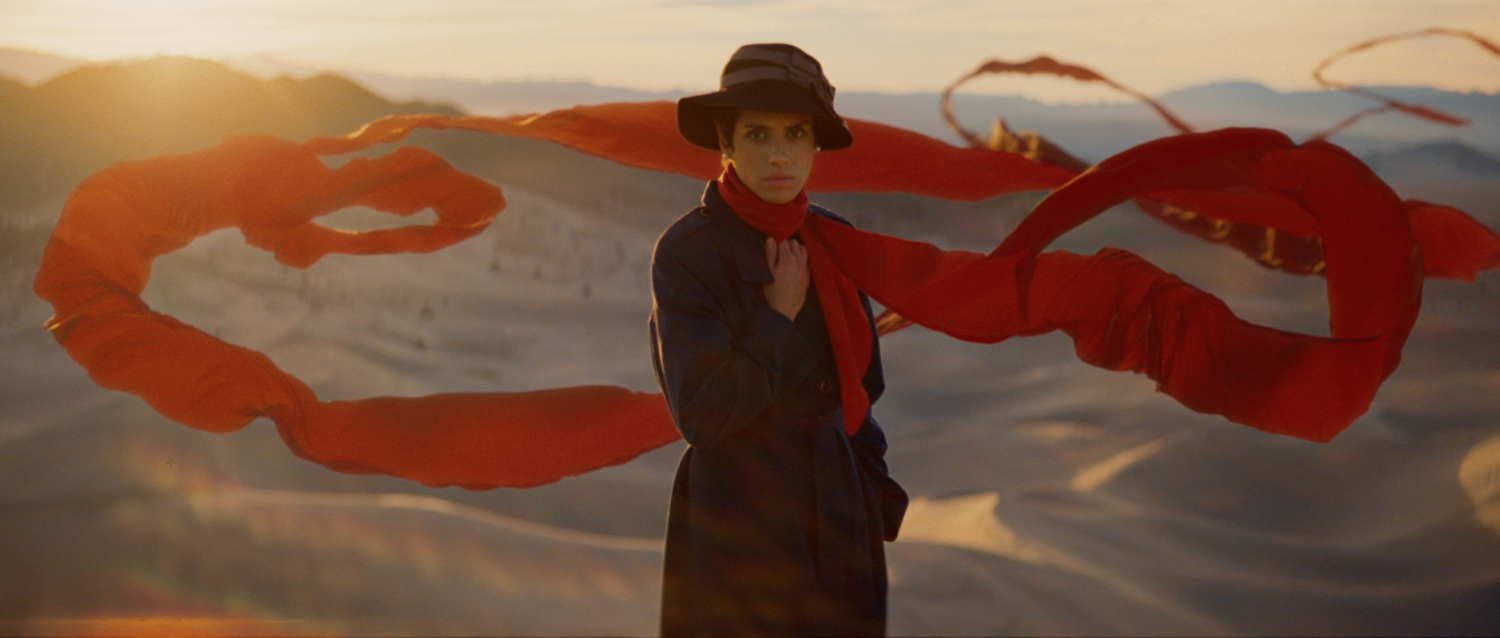
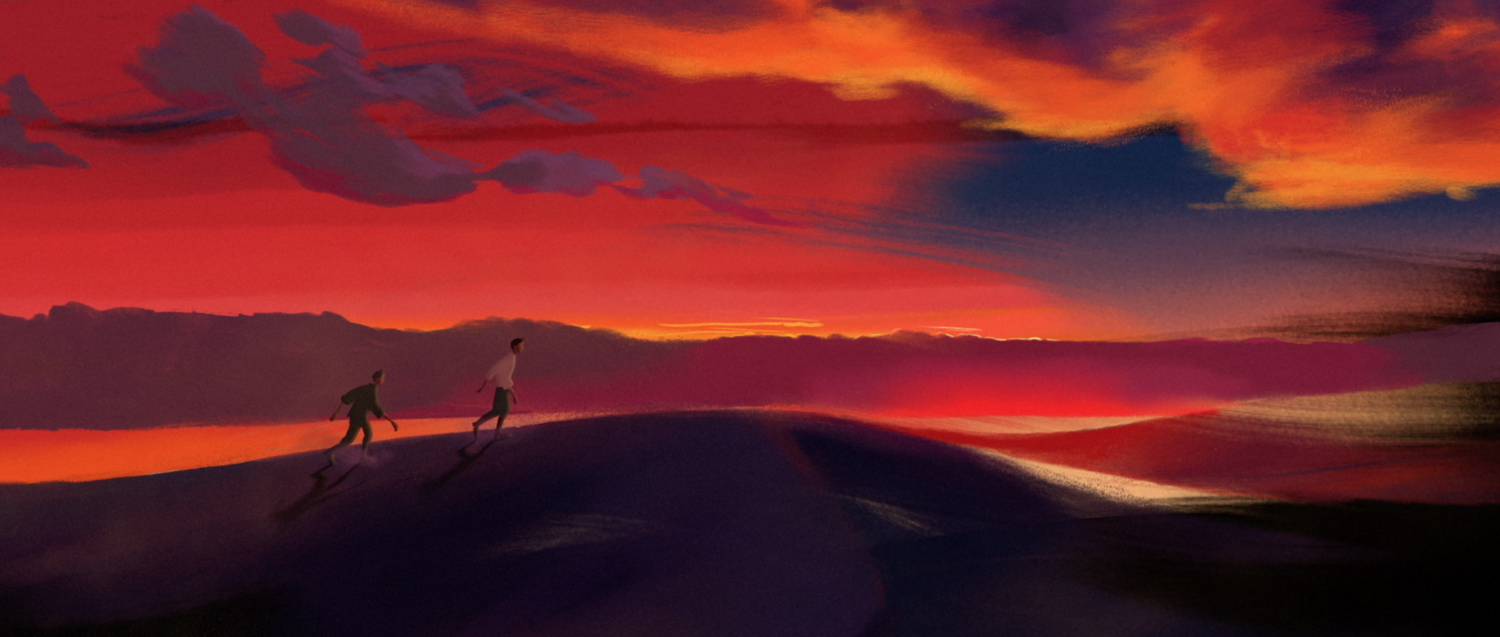
Tell us about the blend of live action and animation in this film. What brought you to bring in the animation bits, and how did you manage the direction of it?
The blending of live action and animation was there from the very beginning. To capture the soul and beauty of Antoine’s writing and how I see him, as the author of one of the greatest stories told, The Little Prince, there is a kind of animated shape to him. It just had to be in the film. The same for the French language. You’d be missing some element of him without the animation, a kind of whimsical poetic imagination. Creating animation also excites me naturally so the two went hand in hand. I would’ve been with the team from CGF, who are in Moscow, in person if not for the middle of covid so we had to do everything remote. A challenge for sure but it was incredibly satisfying. Lots of videos, sharing of references, boarding, building animatics, chatting and chatting, and eventually key animation begins to take shape. It really just feels like a pottery class and you’re molding this thing into shape. I love the form of animation so much. I guess it comes from my background in editing and my fondness for post-production but creating something from nothing, like collaborating on concept art, it’s incredibly fulfilling.
The first animation sequence. From Antoine’s close up to a cut to black to the first brush strokes into that sequence. That’s something that sticks with me. “Will you still be there waiting for me?” Every film is a personal journey. That question resonates with me deeply. For many reasons. Some that are clearer than others.


